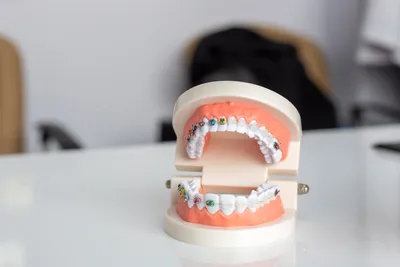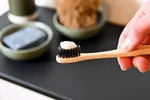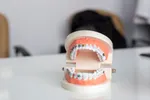
Flossing is a crucial component of oral hygiene that often gets overlooked. While brushing your teeth twice a day is essential, flossing plays a unique role in maintaining dental health by removing plaque and food particles that your toothbrush can't reach. In this article, we'll delve into the various techniques and benefits of flossing and offer tips on how to incorporate this practice into your daily routine.
Why Flossing is Essential
Preventing Plaque and Tartar Buildup
Flossing helps remove plaque, a sticky film of bacteria that forms between your teeth. If left unchecked, plaque can harden into tartar, which can only be removed by a dental professional. Regular flossing is key to preventing the buildup of plaque and tartar.
Reducing the Risk of Gum Disease
Gum disease starts with inflammation of the gums, known as gingivitis. Plaque can irritate your gums, making them inflamed and bleed during brushing or flossing. By effectively removing plaque through daily flossing, you reduce the risk of developing gum disease and maintain healthier gums.
Preventing Cavities
Food particles and bacteria trapped between your teeth can lead to tooth decay and cavities. Flossing helps in clearing these particles, thereby lowering the chances of cavities developing in hard-to-reach areas.
Proper Flossing Techniques
Choosing the Right Type of Floss
There are various types of dental floss available, including waxed, unwaxed, dental tape, and floss picks. Choose the type that you find most comfortable and effective for you. Waxed floss may glide between teeth more easily, while dental tape might cover more surface area between each tooth.
Step-by-Step Flossing Guide
1. Take an 18-inch piece of floss and wind most of it around one of your middle fingers. Wind the remaining floss around the same finger of the opposite hand.
2. Hold the floss tightly between your thumbs and forefingers. Gently slide it up and down between your teeth.
3. Curve the floss around the base of each tooth, ensuring you go beneath the gum line. Avoid snapping or forcing the floss, which can injure your gums.
4. Use a clean section of floss for each tooth as you move to the next tooth.
Incorporating Flossing into Your Daily Routine
Establishing a Habit
Set a specific time each day for flossing, such as after your evening meal. Regular practice will help make it a natural part of your oral hygiene routine.
Using Reminders
If you often forget to floss, consider setting a reminder on your phone or placing a note on your bathroom mirror. Consistency is key to reaping the long-term benefits.
Common Flossing Mistakes to Avoid
Be mindful of these common mistakes to ensure your flossing is as effective as possible:
- Not using enough floss: An adequate length of floss allows you to clean all areas effectively with a fresh section for each tooth.
- Flossing too aggressively: Gentle movements are sufficient and prevent gum damage.
- Only flossing occasionally: Irregular flossing can't prevent plaque buildup as effectively as daily flossing.
Conclusion
Flossing is a vital part of maintaining optimal oral health. By understanding the correct techniques and making flossing a daily habit, you can significantly reduce the risk of cavities, gum disease, and other dental issues. Remember, a few minutes a day of thorough flossing can lead to a lifetime of healthy teeth and gums.
Popular Dental Care Guides
Discover our most popular articles that our readers find the most helpful and insightful, covering a range of dental health topics.




Related Posts
View All
Preventative Dental Care: Essential Tips for All Ages

How to Prevent Gum Disease with Daily Habits
